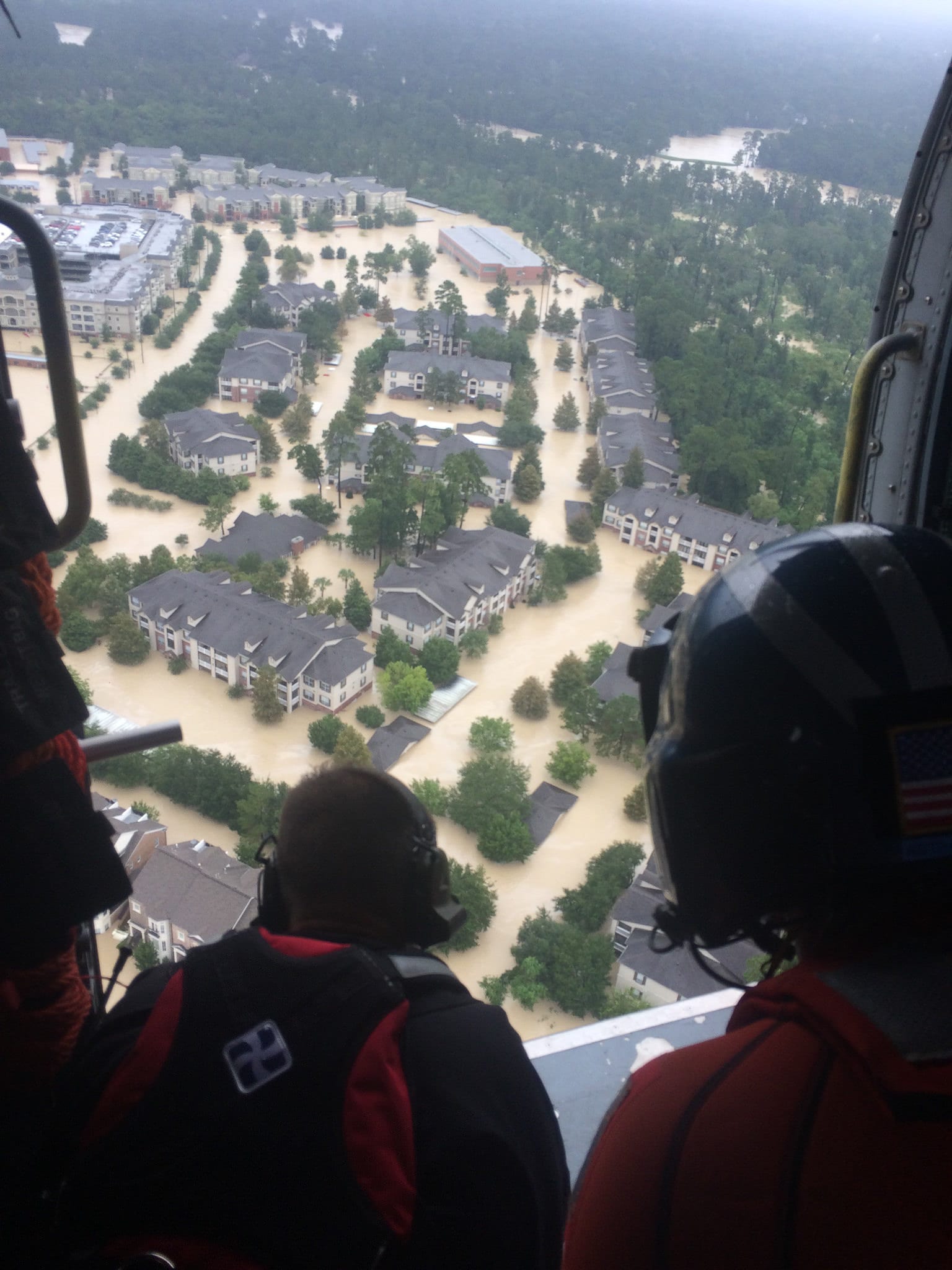
The start of the 2018 hurricane season and recent presidential controversy have brought hurricanes back into the public eye. The first major hurricane of the 2018 season, Hurricane Florence, made landfall the morning of Friday, September 14th on the Atlantic coast of the Carolinas. To date, Florence has caused an estimated $38 to $50 billion dollars in damages, and has directly resulted in the deaths of 50 people.

While recovery efforts unfold across affected areas, the destruction of coastal communities has begun to feel routine. Last year, Hurricanes Harvey, Irma, Jose, and Maria led to an estimated $200 billion dollars worth of damages in Houston, TX, Puerto Rico, Florida Keys, and many other communities in the Gulf). Furthermore, 9 out of the top 10 most active hurricane seasons have been within the last 22 years.
This unprecedented level of hurricane activity isn't the only recent weather trend that has been observed. Seventeen out of the eighteen warmest years on record have occurred since 2001, which 97% of climate scientists attribute to human activity. These trends beg the question, is there a link between the increase of hurricane activity and climate change?
The birth of a Hurricane
Hurricanes form over warm ocean waters. What starts as a normal thunderstorm over the Atlantic Ocean can increase in intensity when warm water evaporates and rises. After this warm, saturated air reaches a certain altitude, it will begin to cool and sink back down towards the surface of the ocean. This sinking action condenses the storm and creates a low pressure vacuum at its center, which causes the storm to begin spinning and results in high winds and torrential rain. Once the sustained wind speeds reach 74 mph, the storm is strong enough to be classified as a Hurricane. (For a good, although slightly outdated, video explanation of the Hurricane formation process, click here.)
The arguments against a link between hurricane activity and climate change
There are three counter-arguments skeptics are likely to use when arguing against a link between hurricane severity and climate change:
- There was a period of relative inactivity between Hurricane Katrina in 2005 and Hurricane Sandy in 2012. In the hurricane seasons between 2005 and 2012, only in 2010 was there any significant hurricane activity observed and this was well after the start of the climate change debate.
- Coastal communities in the U.S. are growing rapidly, so the damage from Hurricanes now is more costly than it was in the past due to an increase in valuable property along the coast.
- There has not been an increase in the number of Hurricanes per year since 1950.
Although these counter-arguments are factually correct, they focus on the impact hurricanes have on humans rather than the science of hurricane climatology as a whole. These premises are not a valid argument against a link between hurricane activity and climate change because they fail to provide sufficient evidence showing that hurricane activity has not been impacted by climate change.
How climate change impacts hurricane activity
Hurricanes are becoming more powerful and this power increase has been linked to several aspects of climate change. Average ocean surface temperatures and air temperatures have risen by about 1.5℉ over the past century. This seemingly menial rise in temperature makes for an enormous impact during Hurricane formation. Warmer air can hold more moisture. This directly adds more “fuel†to the Hurricane, which results in increased rainfall and flooding once the storm makes landfall. Furthermore, as the ocean has warmed there has also been an increase in sea level. The increased sea level gives storm surges a physically higher starting point for flooding, resulting in increased flood levels and flooding further inland.
Moving Forward
While Hurricanes may not become more frequent, they are most certainly becoming more powerful as a result of rising temperatures in the ocean and the air. There is a significant body of evidence to show that climate change has the potential to make hurricanes more dangerous. With better technology, we can hopefully be more prepared for these storms in the future; but for now, we must accept that Hurricane seasons will only be getting worse as we move further into the 21st century.
About the Author
Max Barnhart is a PhD studying the evolution of heat stress resistance in sunflowers at the University of Georgia. He is also the current Co-Editor-in-Chief of the Athens Science Observer. Growing up in Buffalo, NY he is a diehard fan of the Bills and Sabres and is also an avid practitioner of martial arts, holding a 2nd degree black belt in Taekwondo. You can contact Max at maxbarnhart@uga.edu or @MaxHBarnhart.
- Max Barnharthttps://athensscienceobserver.com/author/max-barnhart/October 21, 2021
- Max Barnharthttps://athensscienceobserver.com/author/max-barnhart/November 11, 2020
- Max Barnharthttps://athensscienceobserver.com/author/max-barnhart/October 19, 2019
- Max Barnharthttps://athensscienceobserver.com/author/max-barnhart/October 15, 2019








